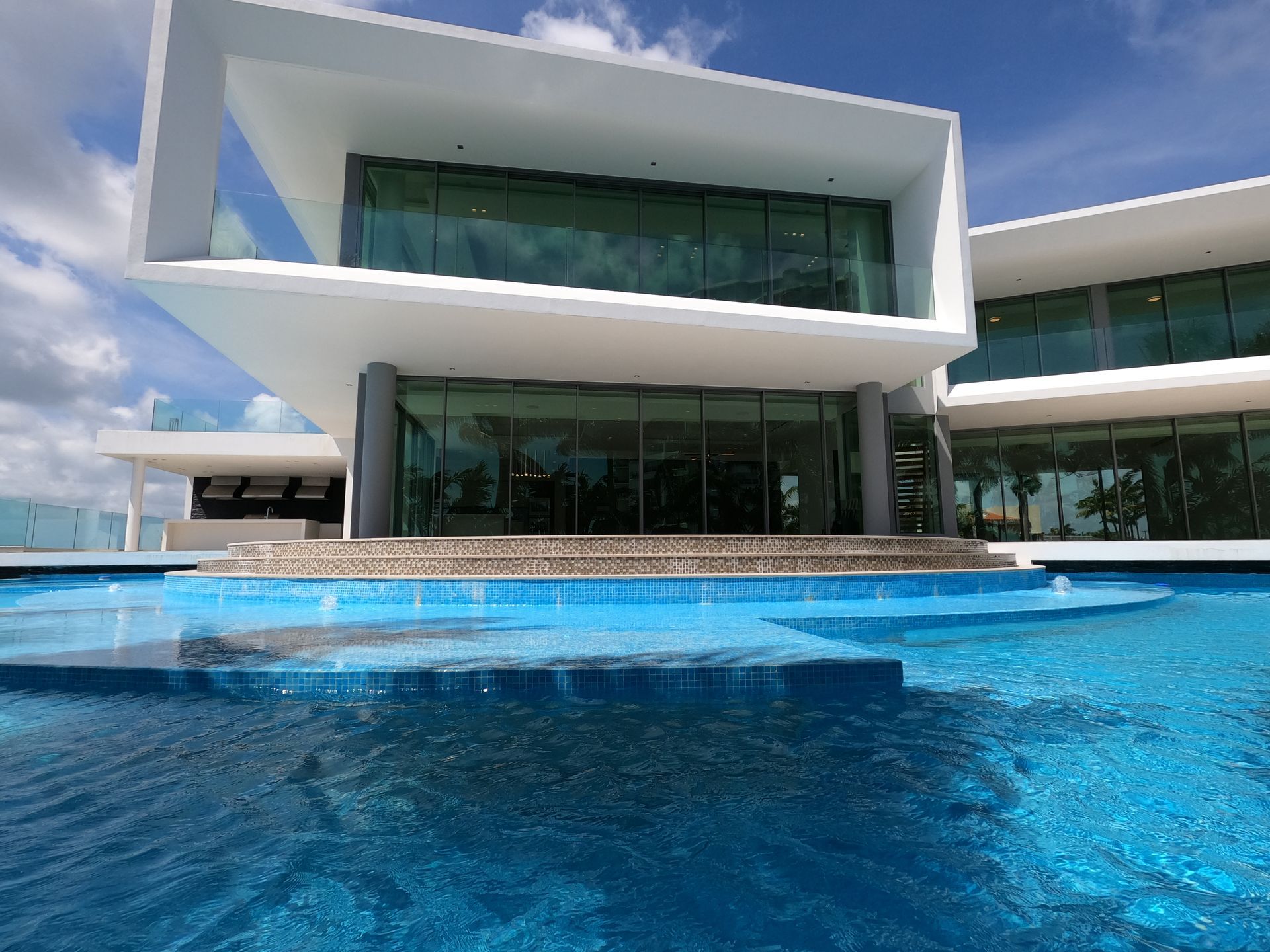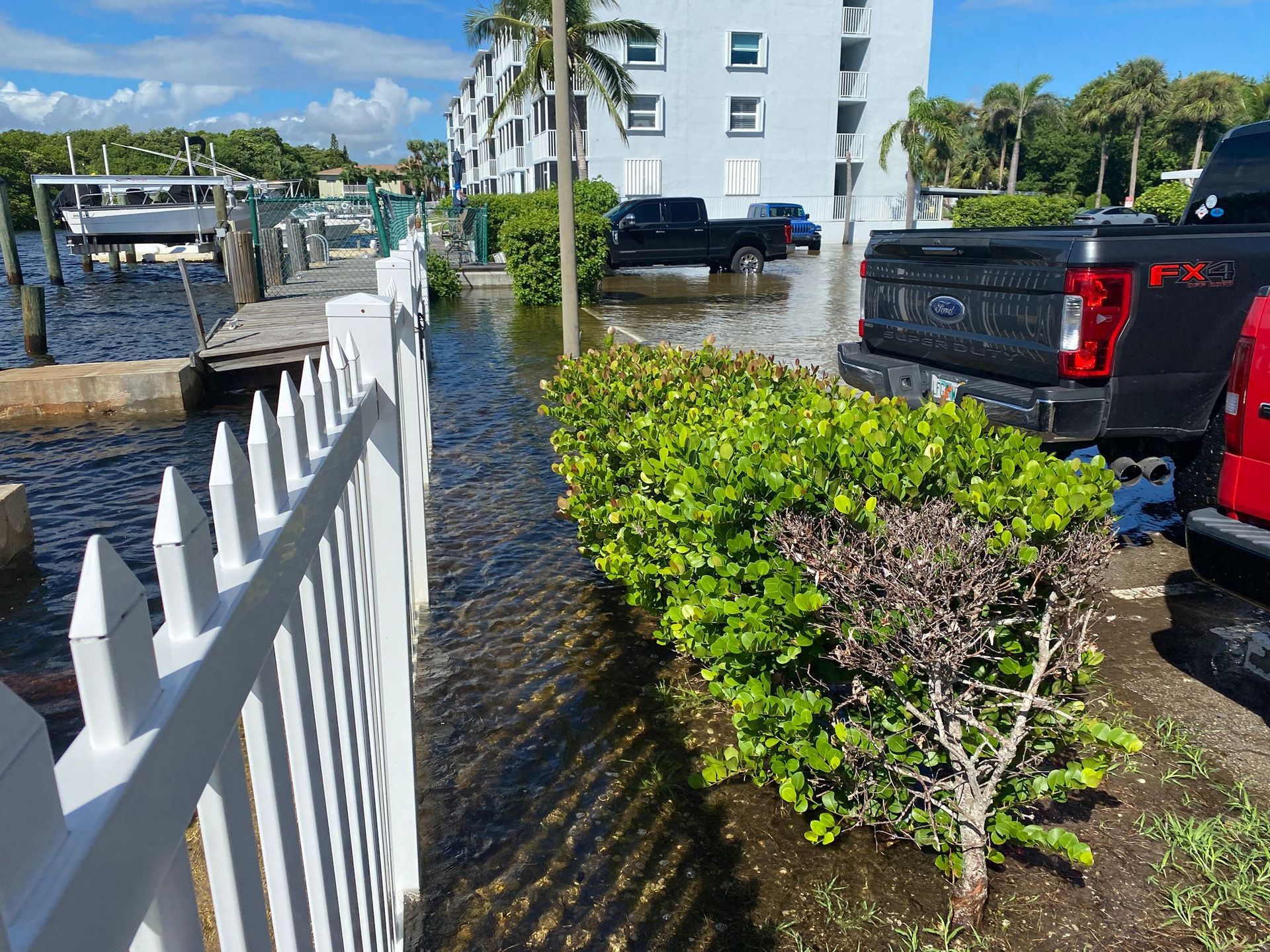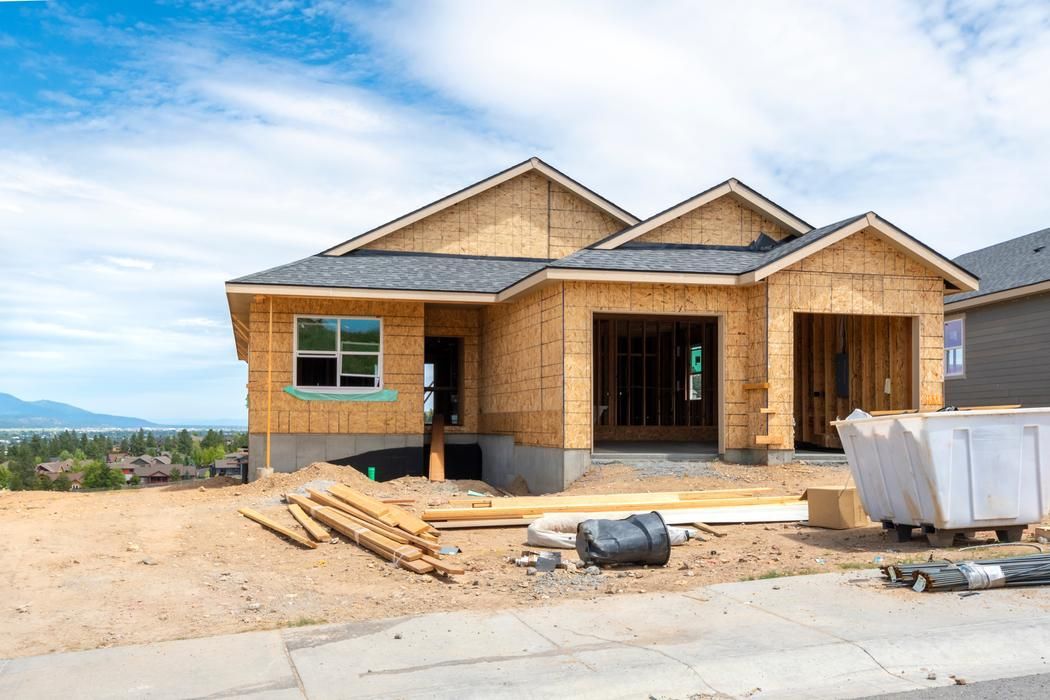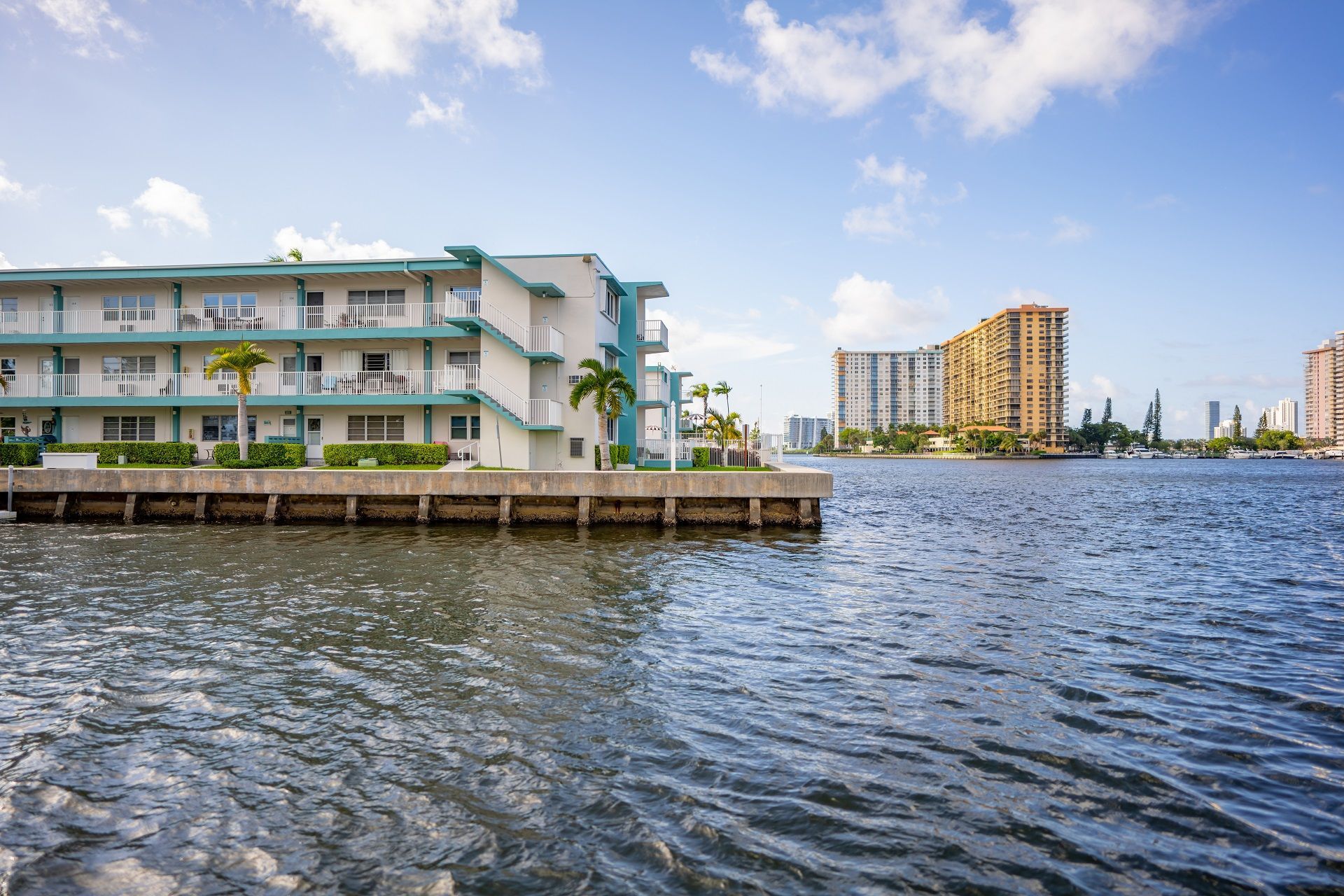Uncovering The Mystery: Wind Mitigation Inspection Types And Licensing Requirements
Wind mitigation inspections are crucial for evaluating how well properties can withstand windstorms and hurricanes in Florida. These inspections help homeowners and insurance companies gauge the risks associated with a property and determine insurance rates. Today, we will delve into the major types of Wind Mitigation Inspections, their distinctions, and the license requirements for inspectors performing these inspections.
Varieties of Wind Mitigation Inspections
There are several types of wind mitigation inspections, each focusing on specific aspects of a property's construction and design. It is essential for property owners to understand the different types of wind mitigation inspections.
Type I and II Wind Mitigation Inspections: These inspections primarily focus on the structure's exterior covering aspects like roof materials, roof attachment to the building connections between the roof and walls, and secondary water resistance. Type I Inspections are typically carried out on built or recent homes. In contrast, Type II inspections are conducted on existing properties.
Type III and IV Wind Mitigation Inspections: These inspections extend beyond the building's exterior to consider factors such as protective measures for openings (e.g., impact, resistant windows, shutters), roof shape (e.g., hip or non hip), and reinforcement of gable ends.
Type III inspections are often necessary for houses constructed before enforcing building codes that require wind characteristics. In contrast, Type IV inspections focus on homes with retrofitted wind-resistant attributes.
Critical Distinctions Between Type I and II versus Type III and IV Inspections
1. Inspection Scope
Type I and II inspections mainly concentrate on the components of the building envelope, like the roof covering and attachments. These inspections gauge the ability of the home to withstand wind uplift and prevent water intrusion aspects to reduce damage during weather occurrences.On the other hand, Type III and IV inspections take a comprehensive approach by examining additional features that enhance the overall wind resistance of the property. These could involve impact windows installation, reinforced garage doors, and gable end bracing. All are contributing to bolstering the property's resilience against winds and airborne debris.
2. Criteria for Opening Protection
Type I and II inspections usually do not inspect opening protection features like impact windows or shutter's presence or effectiveness. These aspects are commonly scrutinized in Type III and IV inspections, where inspectors verify their installation status and condition to assess their influence on the property wind resistance score.
3. Cost and Complexity
Regarding inspections, Type I and II tend to be simpler and quicker than Type III and IV inspections. The former focuses mainly on the aspects of the building envelope. On the other hand, Type III and IV inspections may demand thorough documentation and verification of additional wind-resistant features, leading to increased costs and complexities in the inspection process.
4. Inspection of Opening Protection
Type I and II inspections concentrate on evaluating the elements like roof covering and attachments. In contrast, Type III and IV inspections also consider opening protection features such as impact windows, reinforced garage doors, and shutters. These added features can significantly boost a property's resilience against wind-driven debris during weather conditions.
5. Inspection of Secondary Wind Mitigation Measures
Type III and IV inspections may require assessing wind mitigation measures that go beyond the primary structural components. These measures could involve tasks like installing gable end bracing, examining the roof and wall connections, or analyzing roof geometry features. Evaluating these measures gives a comprehensive understanding of a property's overall wind resistance capabilities and potential weaknesses.
6. Documentation and Reporting Guidelines
Regarding Type I and II inspections, the focus is on documentation and reporting of the components evaluated during the inspection process. However, for Type III and IV inspections, there is a need for documentation and reporting, especially when looking into additional wind mitigation features like opening protections and secondary measures. Inspectors handling Type III and IV inspections must ensure documentation of their findings. Provide clear recommendations to both homeowners and insurance companies.
Licensing Requirements for Wind Mitigation Inspectors
For Type I and II inspections, inspectors usually need a home inspector license or certification, which may vary depending on state regulations. They should have a grasp of building codes, construction principles, and roofing systems to evaluate the aspects of the building envelope effectively.
Additional specialized training or certifications may be necessary for Type III and IV inspections, especially when assessing features such as impact windows and reinforced garage doors. Inspectors conducting these inspections should possess expertise in evaluating these components while ensuring they meet industry standards and building codes.
Why Should I Hire a Certified Wind Mitigation Inspector?
When it comes to evaluating a property's ability to withstand winds and meet insurance standards, it is crucial to hire a certified wind mitigation inspector for various reasons:
- Certified inspectors possess the necessary knowledge and experience to accurately evaluate a property's structural strength and identify any weaknesses that could impact its resilience against hurricanes and windstorms.
- Experienced inspectors are well-versed in industry regulations, construction codes, and best practices related to wind mitigation. This enables them to carry out inspections that align with insurance company criteria.
- By engaging inspectors, homeowners can ensure they receive inspections of their property's ability to withstand high winds. This empowers them to make choices regarding insurance coverage and risk management strategies.
Adhering to Insurance Standards
Insurance providers often mandate wind mitigation inspectors to assess a property risk level and determine insurance premiums. Hiring inspectors who comprehend the requirements and guidelines of insurance companies is crucial for compliance and maximizing insurance savings.
Final Thoughts
In summary, having an understanding of the disparities between Type I & II versus Type III & IV wind mitigation inspections is vital for homeowners, insurers, and inspectors alike.
When it comes to inspecting buildings, Type I and II inspections mainly look at the structure of the building. However, Type III and IV inspections go beyond that to consider factors that can improve a property's ability to withstand winds. Hiring inspectors with the knowledge and qualifications to conduct thorough wind mitigation inspections is crucial. This ensures that properties are well-prepared and resilient against windstorms and hurricanes.
Here, at Certified Inspectors, we specialize in professional wind mitigation inspections. Contact us today to book your inspection and ensure your property is well protected from forces.
Disclaimer: The information on this website and blog is for general informational purposes only and is not professional advice. We make no guarantees of accuracy or completeness. We disclaim all liability for errors, omissions, or reliance on this content. Always consult a qualified professional for specific guidance.
Share the post:






